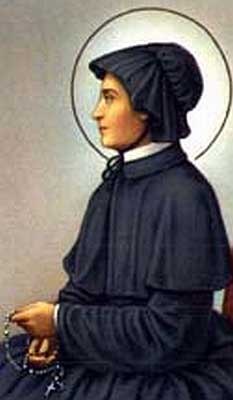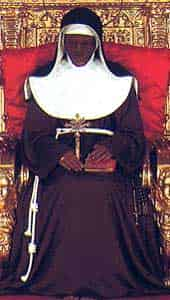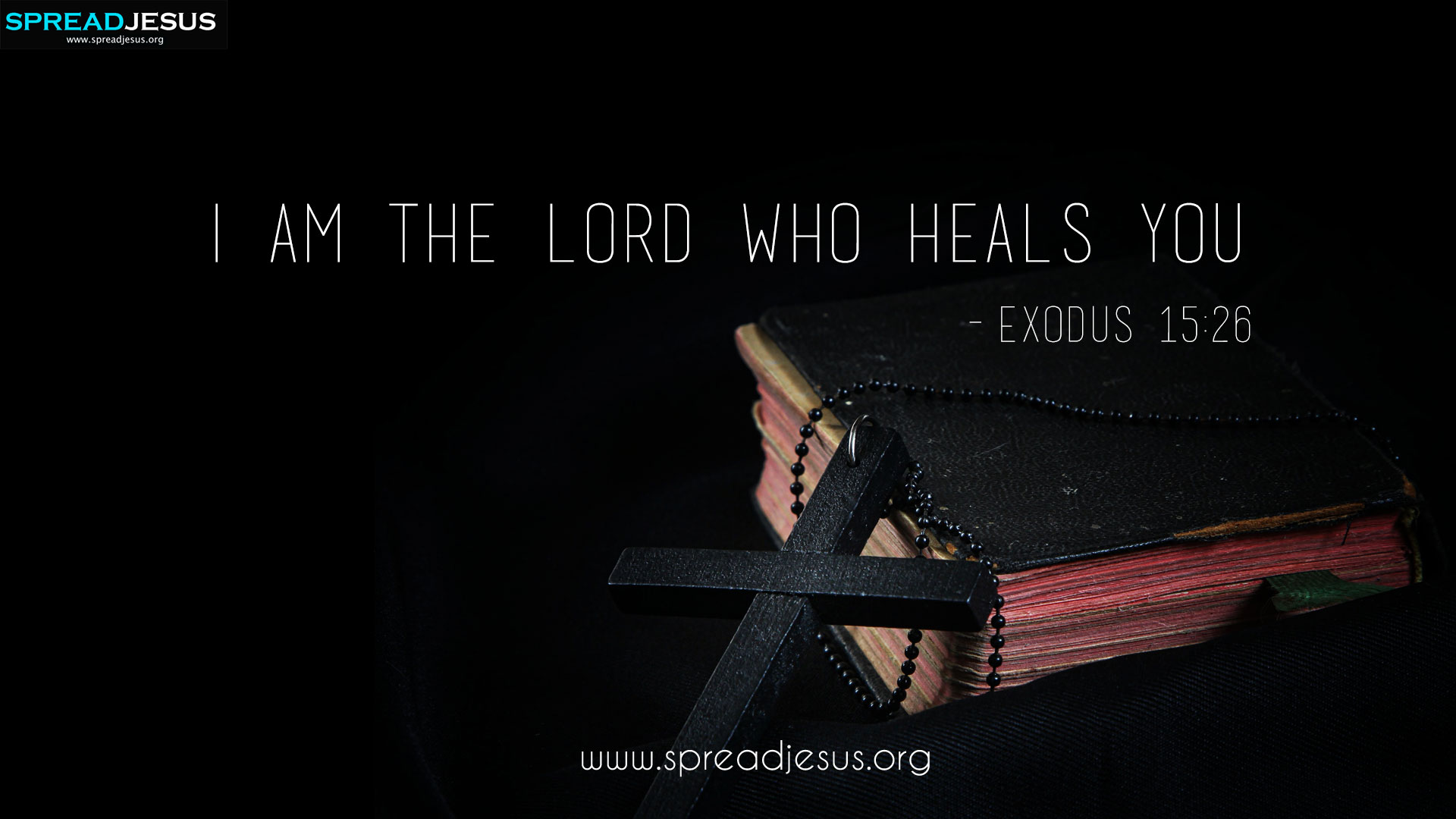Saint Elizabeth Ann Seton Catholic Saint
CATHOLIC SAINTS 28-12-2023, 19:39

Saint Elizabeth Ann Seton
Catholic Saint
st.Elizabeth Ann Seton-Founder of the Daughters of Charity of St. Joseph and the American parochial school system;
first native-born American saint
Feast Day : January 4
Patronage: death of children; loss of parents; people opposed to Church authorities; people ridiculed for their piety; people with in-law problems; widows
Also known as: Elizabeth Ann Bayley Seton; Mother Seton
Elizabeth Ann Bayley was born August 28, 1774, to a wealthy and influential Episcopalian family in New York City. Her father, Dr. Richard Bayley, was born in Connecticut and educated in England. He was the first professor of anatomy at King’s College, now Columbia University, and although he remained a Loyalist during the American Revolution was appointed the new nation’s inspector general in the New York Department of Health for the Port of New York. Elizabeth’s mother, Catherine Charlton, was the daughter of the Anglican rector of St. Andrew’s Church on Staten Island. She died when Elizabeth was three years old, leaving a younger daughter, Mary, as well. Dr. Bayley remarried, having seven children by his second wife, but took responsibility for the education of his first two daughters. Elizabeth was well read, industrious and pious. On January 25, 1794, Elizabeth married William Magee Seton in St. Paul’s Church, New York. William Seton was a first-generation American and heir to a wealthy shipping firm. Elizabeth became an active philanthropist, and she and William’s sister Rebecca were known in New York as the “Protestant Sisters of Charity.” By 1797 she had helped found the Society for the Relief of Poor Widows with Small Children. The couple had five children: Anna Maria, William Jr., Richard, Catherine and Rebecca.
Then disaster struck. The Napoleonic Wars between France and England resulted in the seizure of many of the Setons’ ships, and the business failed. The elder Seton died in 1798, leaving William responsible not only for the mounting bills but also for his orphaned siblings. In 1802, Elizabeth’s beloved father contracted yellow fever and died. And by 1803 William himself was seriously ill with tuberculosis. Doctors recommended a sea voyage to sunny Italy, so William, Elizabeth and their eldest daughter Anna Maria left for Leghorn in late 1803 to winter with the Filicchi family, with whom William had done business before his marriage.
After seven weeks at sea, Italian authorities kept the ship in quarantine for another four weeks due to a yellow fever epidemic in New York. William’s health worsened, and he died on December 27, just nine days after being released from quarantine. Poor health caused Elizabeth and Anna to remain with the Filicchis throughout the winter and spring of 1803–04. During this sad period Elizabeth often accompanied the Filicchis to Catholic services, where she was touched by the beauty of the Mass and especially impressed with the idea of the Presence in Communion. When Elizabeth and Anna returned to New York in June 1804, she began Catholic instruction, even in the face of fierce campaigning against such a step by her rector, Mr. Hobart, and all of her relatives. Then her dear sister-in-law Rebecca Seton died in July, throwing Elizabeth into total despair. Finally accepting the call, Elizabeth was received into the faith at St. Peter’s Church by Father Matthew O’Brien on March 14, 1805. Family financial support would have been immediately forthcoming had Elizabeth remained Protestant, but now she was ostracized. She endeavored to run a boardinghouse for boys, then tried to teach at a girls’ school, but fears that Elizabeth would teach Catholic dogma forced the school to close.
When Elizabeth’s 15-year-old sister-in-law, Cecilia, announced she was converting as well, threats were made to have the New York legislature expel Elizabeth from the state. Her sons William and Richard were in Georgetown College, courtesy of the Filicchis, and Elizabeth unsuccessfully sought refuge for herself and the girls in a Canadian convent. Desperate, Elizabeth went to hear Mass in August 1807 from Father William Valentine du Bourg, a Sulpician father and president of the Sulpician College of St. Mary’s, a seminary in Baltimore. Father du Bourg suggested that Elizabeth found and head a girls’ school near the seminary. After much prayer and consultation, Elizabeth traveled to Baltimore in June 1808 and opened St. Joseph’s School for Girls next to the chapel at St. Mary’s, an event that marked the beginning of the Catholic parochial school system in America. Other young women seeking quiet service joined the school, including Cecilia Conway of Philadelphia. They wore whatever clothes they owned for everyday, and for formal dress Elizabeth chose an outfit based on a nun’s habit she had seen in Italy: a plain black dress with a shoulder cape and a bonnet. In 1809, a man named Cooper died and left the women $10,000 to found a school for poor children. Elizabeth bought a farm located a half-mile from Emmitsburg, Maryland, and two miles from the school at St. Mary’s. Before establishing her new community, Elizabeth took vows in front of Archbishop Carroll, formally founding the Sisters of St. Joseph and henceforth becoming Mother Seton, and moved to Emmitsburg. Her sisters-in-law Harriet and Cecilia joined her, but Harriet died that December, followed by Cecilia in April 1810. That same year, Bishop Flaget petitioned the Sisters of Charity of St. Vincent de Paul in Paris to receive the rules of the Sisters of St. Joseph. Three sisters were to come to America to train the community, but Napoleon forbade the women to leave France. Bishop Flaget modified the rule somewhat, with Archbishop Carroll’s approval, and in January 1812 the order officially became the Daughters of Charity of St. Joseph, with Mother Seton as superior. Elizabeth’s daughter Anna Maria died March 12, 1812, during her novitiate but was allowed to profess her vows before she died. On July 19, 1813, Mother Seton and 18 women established the first American religious society.
The order quickly grew, establishing free schools, orphanages and hospitals in addition to the parochial schools. Mother Seton divided her time between the sisters and writing discourses, translations and hymns. Her triumphs continued, tempered by sadness, however, as her daughter Rebecca died in 1816. When the community reelected Mother Seton as their superior in 1819 she was suffering from a pulmonary disease, probably tuberculosis, which finally took her life on January 4, 1821. The Daughters of Charity were incorporated into the full Sisters of Charity of St. Vincent de Paul in 1850. Mother Seton’s body is enshrined in the basilica at Emmitsburg. Only two of Elizabeth’s children survived their mother very long (Richard died in Italy in 1821 as well), and both became important to the Church. William Jr. died in 1868 after joining the navy, but his son Robert became the Most Reverend Robert Seton, archbishop of Heliopolis. Her daughter Catherine (whom Elizabeth had once offered to God in despair over her father’s illness) became the first postulant of the New York Sisters of Mercy and their mother superior, dying at age 91. And one of Elizabeth’s halfnephews, James (the son of her stepbrother Guy Charlton Bayley), also converted and became the Most Reverend James Roosevelt Bayley, archbishop of Baltimore.

The Wisdom of Solomon Chapter-19 Wisdom 19:1 But the impious, all the way to the very end, were overcome by...
Learn more.jpg)
Acts 22:1-30 THE HOLY BIBLE The Acts Of The Apostles Chapter 22:1-30 Acts 22:1 "My brothers and...
Learn more
Saint Catherine of Bologna Catholic Saint st.Catherine of Bologna-Mystic, writer, artist and Poor Clare...
Learn more


